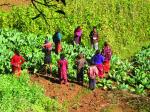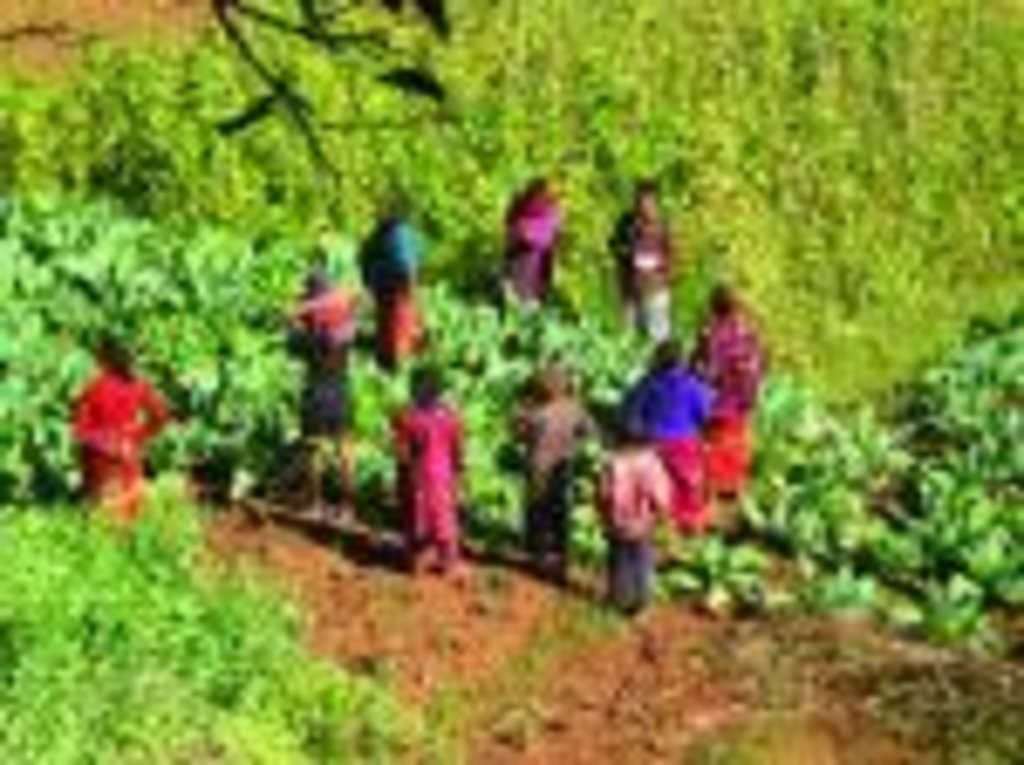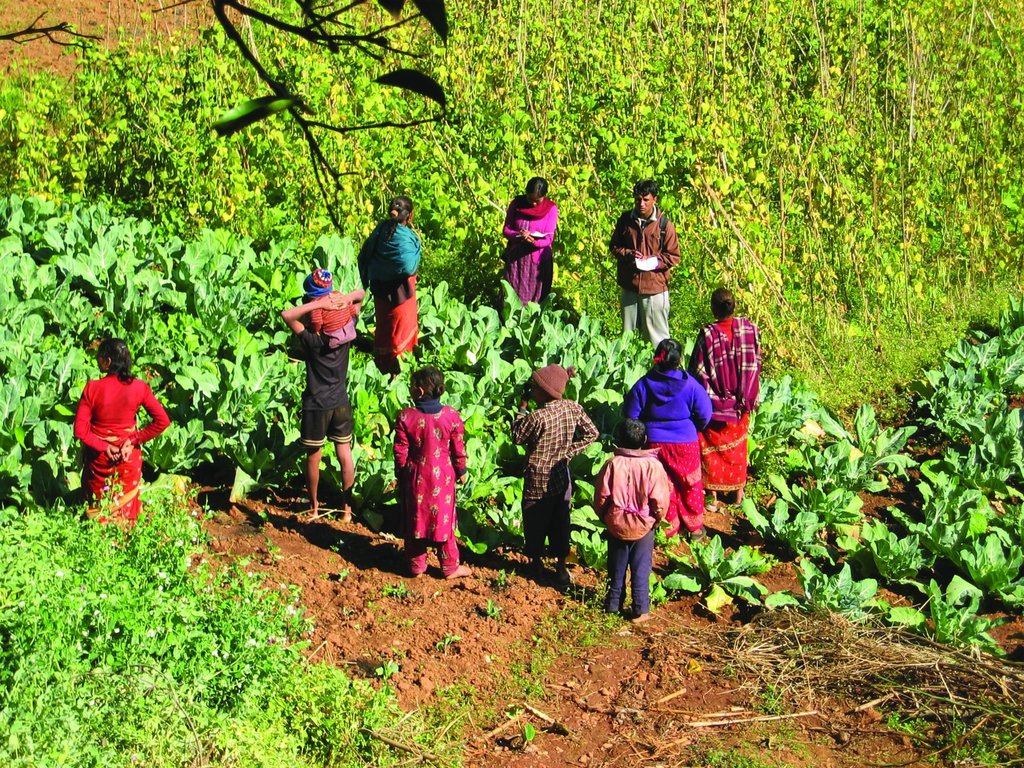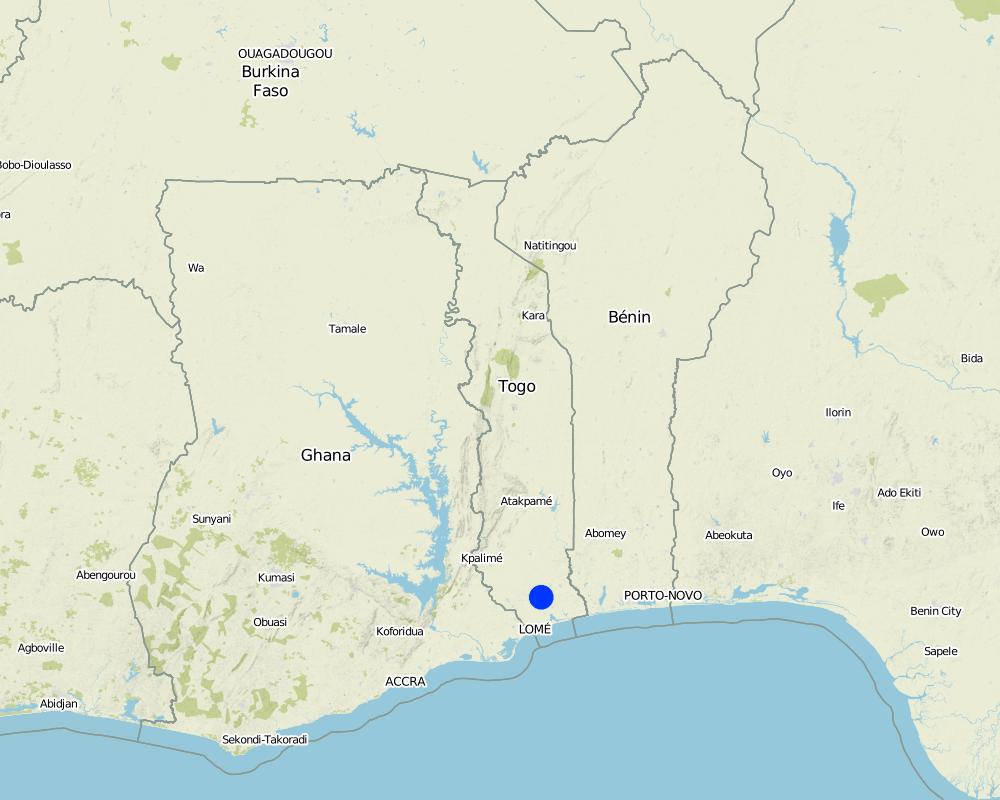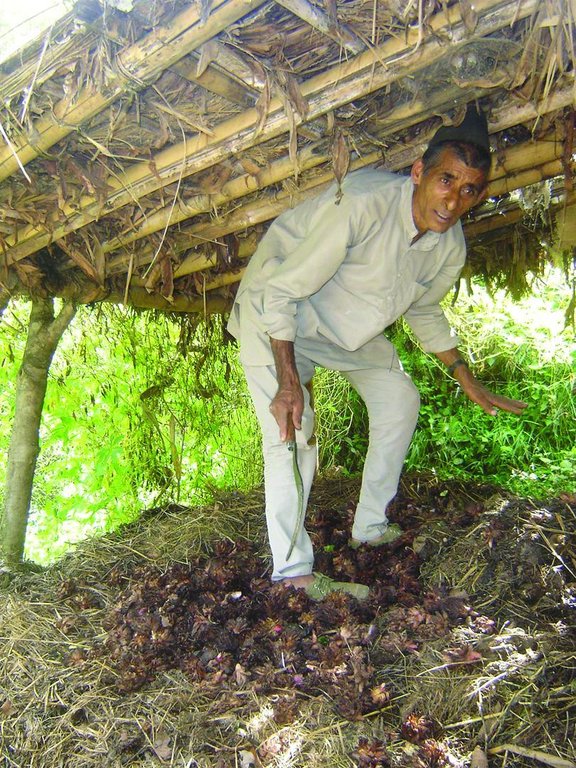TEST's the thing's [Togo]
- Creation:
- Update:
- Compiler: Christine Hauert
- Editor: –
- Reviewer: Fabian Ottiger
approaches_2640 - Togo
View sections
Expand all Collapse all1. General information
1.2 Contact details of resource persons and institutions involved in the assessment and documentation of the Approach
Name of the institution(s) which facilitated the documentation/ evaluation of the Approach (if relevant)
CDE Centre for Development and Environment (CDE Centre for Development and Environment) - Switzerland1.3 Conditions regarding the use of data documented through WOCAT
The compiler and key resource person(s) accept the conditions regarding the use of data documented through WOCAT:
Ja
2. Description of the SLM Approach
2.1 Short description of the Approach
C'est une approche de participation villageoise au développement rural
2.2 Detailed description of the Approach
Detailed description of the Approach:
Aims / objectives: La démarche participative permet aux villageois d'indentifier les problèmes, d'analyser les causes, de planifier et d'exécuter un plan d'action villageois et un programme de travail en fonction des ressources humaines et financières disponibles. La démarche permet aux vulgarisateurs de déterminer avec les villageois les types d'actions à entreprendre.
Methods: - diagnostic des problèmes en groupes - propositions des éléments de réponse par les vulgarisateurs - mise en place des unités de démonstration
Stages of implementation: - préparation - diagnostic participatif - planification - exécution - suivi et évaluation participatifs
Role of stakeholders: - détermination des courbes de niveau - mise en place des cordons de pierre
Other important information: cette approche s'adresse principale aux exploitants instruits ou non vivant surtout dans les zones montagneuses (terres dégradées).
2.3 Photos of the Approach
2.5 Country/ region/ locations where the Approach has been applied
Country:
Togo
Region/ State/ Province:
Maritime
Map
×2.6 Dates of initiation and termination of the Approach
Indicate year of initiation:
1987
Year of termination (if Approach is no longer applied):
1991
2.8 Main aims/ objectives of the Approach
- identification des problèmes par les villageois avec l'appui des vulgarisateurs - analyse des causes ensemble avec les villageois - planification et exécution d'un plan d'action villageois et d'un programme de travail en fonction des ressources humaines et financières disponibles
The SLM Approach addressed the following problems: - insuffisance alimentaire - faiblesse des rendements et des revenus agricoles - dégradation des terres
2.9 Conditions enabling or hindering implementation of the Technology/ Technologies applied under the Approach
social/ cultural/ religious norms and values
- hindering
l'insuffisance des terres cultivables
Treatment through the SLM Approach: sensibilisation des propriétaires terriens à céder une part de leurs terres
availability/ access to financial resources and services
- hindering
manque de moyen financier
Treatment through the SLM Approach: don des outils et intrants pour le travail
legal framework (land tenure, land and water use rights)
- hindering
The existing land ownership, land use rights / water rights moderately hindered the approach implementation conditions de location des terres de plus en plus drastiques
knowledge about SLM, access to technical support
- hindering
manque de main d'œuvre qualifiée
Treatment through the SLM Approach: formation des paysans à l'initiation des techniques de CES
3. Participation and roles of stakeholders involved
3.2 Involvement of local land users/ local communities in the different phases of the Approach
| Involvement of local land users/ local communities | Specify who was involved and describe activities | |
|---|---|---|
| initiation/ motivation | passive | interviews / surveys; The diagonstic of the problems and analysis of the causes are carried out by questionnaires oriented and addressed to the operators |
| planning | passive | Method of participatory research |
| implementation | interactive | Intermittent work; After the demonstration sessions, operators are placed at the center of the execution of the work. They are motivated by the distribution of food (oil, rice, semoule etc.) |
| monitoring/ evaluation | none | |
| Research | none |
3.3 Flow chart (if available)
3.4 Decision-making on the selection of SLM Technology/ Technologies
Explain:
Specialties offer new ETS technologies as well as improvements in traditional practices for producer appreciation (the issue of understanding and adoption)
The operators and the experts discuss together the methods of realization that the latter propose
4. Technical support, capacity building, and knowledge management
4.1 Capacity building/ training
Was training provided to land users/ other stakeholders?
Ja
Subjects covered:
Sensitization and training on the techniques of realization of the ESCs (determination of the level curves dimensioning of the biolloons and furrows etc.).
4.2 Advisory service
Do land users have access to an advisory service?
Ja
Specify whether advisory service is provided:
- at permanent centres
Describe/ comments:
Name of method used for advisory service:
Extension by diagnosis, demonstration and monitoring and evaluation; Key elements: diagnosis of problems, implementation of demonstration plots, implementation, monitoring and evaluation of activities and results
Financing Finished
4.3 Institution strengthening (organizational development)
Have institutions been established or strengthened through the Approach?
- yes, moderately
Specify the level(s) at which institutions have been strengthened or established:
- local
4.4 Monitoring and evaluation
Is monitoring and evaluation part of the Approach?
Ja
Comments:
technical aspects were ad hoc monitored through observations
socio-cultural aspects were ad hoc monitored through observations
economic / production aspects were regular monitored through measurements
There were no changes in the Approach as a result of monitoring and evaluation: The approach was maintained from the beginning to the end because it met the environmental conditions
4.5 Research
Was research part of the Approach?
Ja
Give further details and indicate who did the research:
To assess, analyze the socioeconomic behaviors of farmers. Technological research improves farmer practices in soil conservation
5. Financing and external material support
5.3 Subsidies for specific inputs (including labour)
Comments:
Voluntarily, the farmers participated in the activities because they were aware of the advantages
5.4 Credit
Was credit provided under the Approach for SLM activities?
Nee
6. Impact analysis and concluding statements
6.1 Impacts of the Approach
Did the Approach help land users to implement and maintain SLM Technologies?
- No
- Yes, little
- Yes, moderately
- Yes, greatly
Enlargement of cultivable terraces, orientation of ridges according to contour lines
Did the Approach improve issues of land tenure/ user rights that hindered implementation of SLM Technologies?
- No
- Yes, little
- Yes, moderately
- Yes, greatly
Sensitization of administrative and traditional authorities on land tenure The problem is unlikely to be overcome in the near future. The land is a private property of a family or clan in African (Togolese) customs and not a state or governmental property
Did other land users / projects adopt the Approach?
- No
- Yes, little
- Yes, moderately
- Yes, greatly
The operators of the surrounding villages
6.3 Sustainability of Approach activities
Can the land users sustain what has been implemented through the Approach (without external support)?
- yes
6.4 Strengths/ advantages of the Approach
| Strengths/ advantages/ opportunities in the compiler’s or other key resource person’s view |
|---|
| 4) the possibility of listening to the complaints of the operators (How to sustain / enhance this strength: entrust them the positions of responsibility and trust them) |
|
3) Knowledge and practice by operators (How to sustain / enhance this strength: entrusting them with positions of responsibility and trusting them) |
|
2) good motivation of the operators who feel to solicit (entrust to the positions of responsibility and to trust them) |
|
1) good involvement of farmers at different stages of the approach (How to sustain / enhance this strength: raise awareness or inform operators about the benefits of activities) |
6.5 Weaknesses/ disadvantages of the Approach and ways of overcoming them
| Weaknesses/ disadvantages/ risks in the land user’s view | How can they be overcome? |
|---|---|
|
4. ignorance of sources of funding |
Which explains the lack of feeling, of gratitude towards the donors |
|
3. no involvement in the financial management of the project |
Which explains the lack of feeling, of gratitude towards the donors |
|
2. ignorance of the budget for the project |
Which explains the lack of feeling, of gratitude towards the donors |
|
1. lack of evaluation of technical knowledge taught to farmers |
Give the chance to the operators to experiment on their own knowledge and responsibility 2 years before the end of the project |
| Weaknesses/ disadvantages/ risks in the compiler’s or other key resource person’s view | How can they be overcome? |
|---|---|
|
1. requires more time due to many steps |
Be brief and concise in participatory discussions |
7. References and links
7.1 Methods/ sources of information
- field visits, field surveys
- interviews with land users
Links and modules
Expand all Collapse allLinks
No links
Modules
No modules


